“Drop foot” refers to the inability to lift the front part of one’s foot off the ground when walking, resulting in a scuffing or dragging of the foot or lifting the thigh (known as “steppage” gait). It is most often caused by nerve or muscle disorders or damage, or by a central nervous system
Read more-
Drop Foot
Category: Bone/Joint/Tendon
-
Extra Bones
Category: Bone/Joint/Tendon
There are 26 bones in the human foot. Some people have “extra bones” (accessory ossicles) which are usually congenital (present at birth) but may also be due to previous trauma. These extra bones, which can occur with any bone in the foot, can be painless (asymptomatic) and are only noticed when
Read more -
Fallen Arches
Category: Bone/Joint/Tendon
"Fallen arches" is a common term used to describe a flatfoot condition that develops during adulthood. This should not be confused with other causes of flatfoot that may develop during childhood or adolescence. Most cases of “fallen arches” develop when the main arch-supporting tendon (the posterior
Read more -
Fifth Metatarsal Fracture
Category: Bone/Joint/Tendon
What is a Fifth Metatarsal Fracture? Fractures (breaks) are common in the fifth metatarsal – the long bone on the outside of the foot that connects to the little toe. Two types of fractures that often occur in the fifth metatarsal are: Avulsion fracture. In an avulsion fracture, a small piece
Read more -
Foot Arthritis
Category: Bone/Joint/Tendon
Arthritis is a general term for a group of more than 100 diseases. “Arthritis” means “joint inflammation.” When it affects joints of the foot it can produce swelling and pain, and may eventually result in deformity, loss of joint function, and decreased ability to walk. The most common form
Read more -
Foot Drop
Category: Bone/Joint/Tendon
"Foot drop” refers to the inability to lift the front part of one’s foot off the ground when walking, resulting in a scuffing or dragging of the foot or lifting the thigh (known as “steppage” gait). It is most often caused by nerve or muscle disorders or damage, or by a central nervous system
Read more -
Gangrene
Category: Bone/Joint/Tendon
Gangrene occurs when there is a lack of blood supply to tissue, depriving it of oxygen, and thereby causing death and decay of the tissue. The two types of gangrene are wet (caused by bacterial infection) and dry (no infection). Most common causes of gangrene are diabetes, arteriosclerosis, tobacco abuse,
Read more -
Gout
Category: Bone/Joint/Tendon
What Is Gout? Gout is a disorder that results from the build-up of uric acid in the tissues or a joint. It most often affects the joint of the big toe. Causes Gout attacks are caused by deposits of crystallized uric acid in the joint. Uric acid is present in the blood and eliminated in the urine,
Read more -
Haglund's Deformity
Category: Bone/Joint/Tendon
What Is Haglund's Deformity? Haglund’s deformity is a bony enlargement on the back of the heel. The soft tissue near the Achilles tendon becomes irritated when the bony enlargement rubs against shoes. This often leads to painful bursitis, which is an inflammation of the bursa (a fluid-filled sac
Read more -
Hallux Rigidus
Category: Bone/Joint/Tendon
What Is Hallux Rigidus? Hallux rigidus is a disorder of the joint located at the base of the big toe. It causes pain and stiffness in the joint, and with time it gets increasingly harder to bend the toe. ‘Hallux” refers to the big toe, while “rigidus” indicates that the toe is rigid and cannot
Read more
Office Hours
Fair Oaks Foot and Ankle
Monday: 8:00 AM - 4:00 PM
Wednesday: 8:00 AM - 4:00 PM
Thursday: 9:00 AM - 5:00 PM
Telephones answered 8:30am to 5:00pm Monday through Friday
Warrenton Foot and Ankle
Monday: 8:00 AM - 4:00 PM
Tuesday: 8:00 AM - 5:00 PM
Wednesday: 8:00 AM - 5:00 PM
Thursday: 8:00 AM - 4:00 PM
Friday: 9:00 AM - 2:00 PM
Telephones answered 8:30am to 5:00pm Monday through Friday
Our Locations
Fair Oaks Foot and Ankle
3700 Joseph Siewick Dr., Suite 200
Fairfax VA, 22033
Tel: 703-264-0500
Fax: 703-264-0501
Next to INOVA Fair Oaks Hospital
Warrenton Foot and Ankle
400-D Hospital Dr.
Warrenton VA, 20186
Tel: 540-347-9393
Fax: 540-347-9398
Next to Fauquier Hospital
